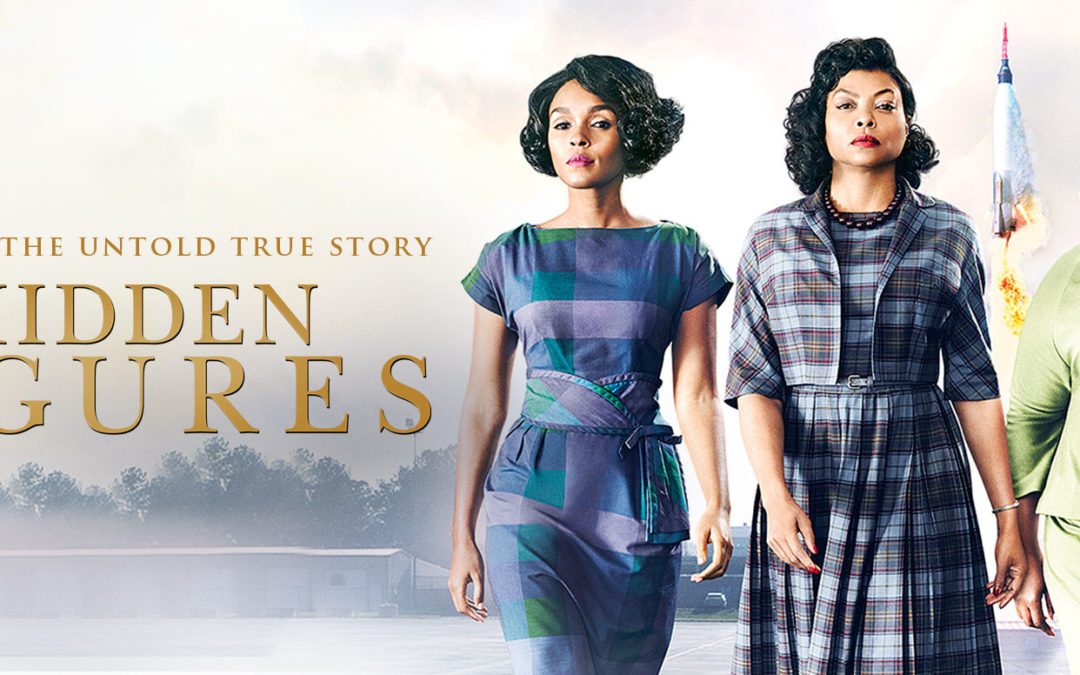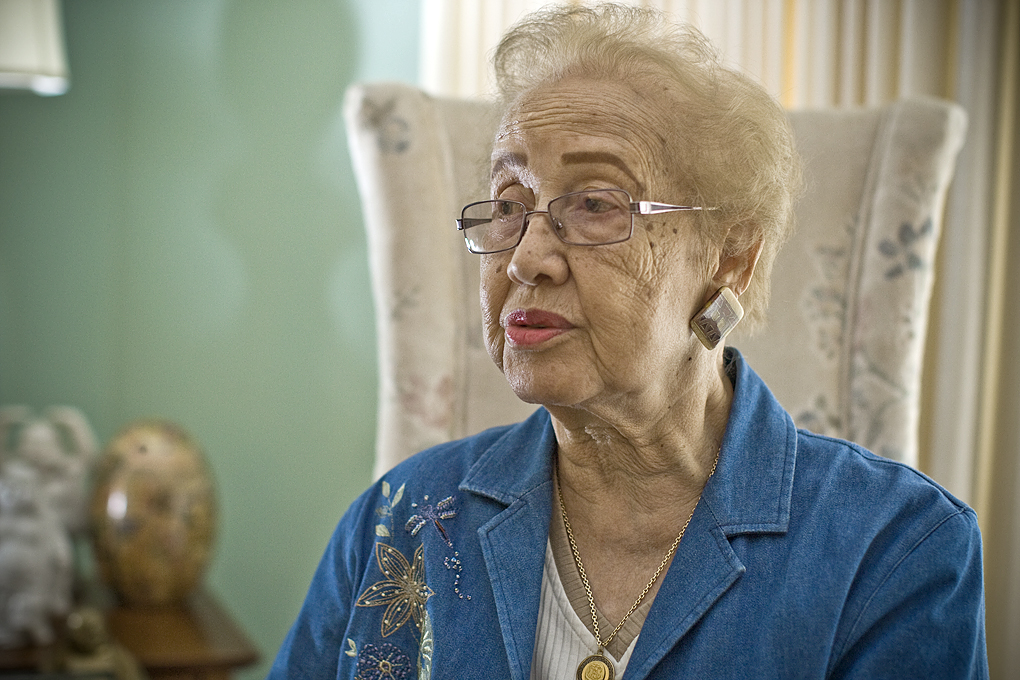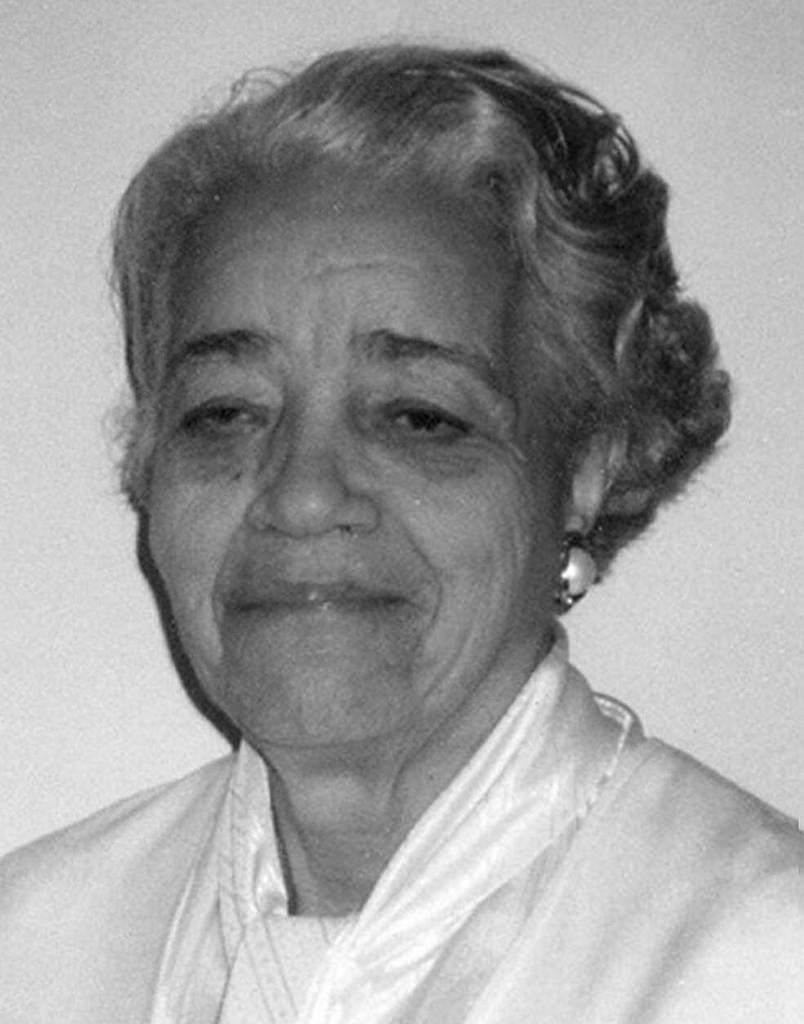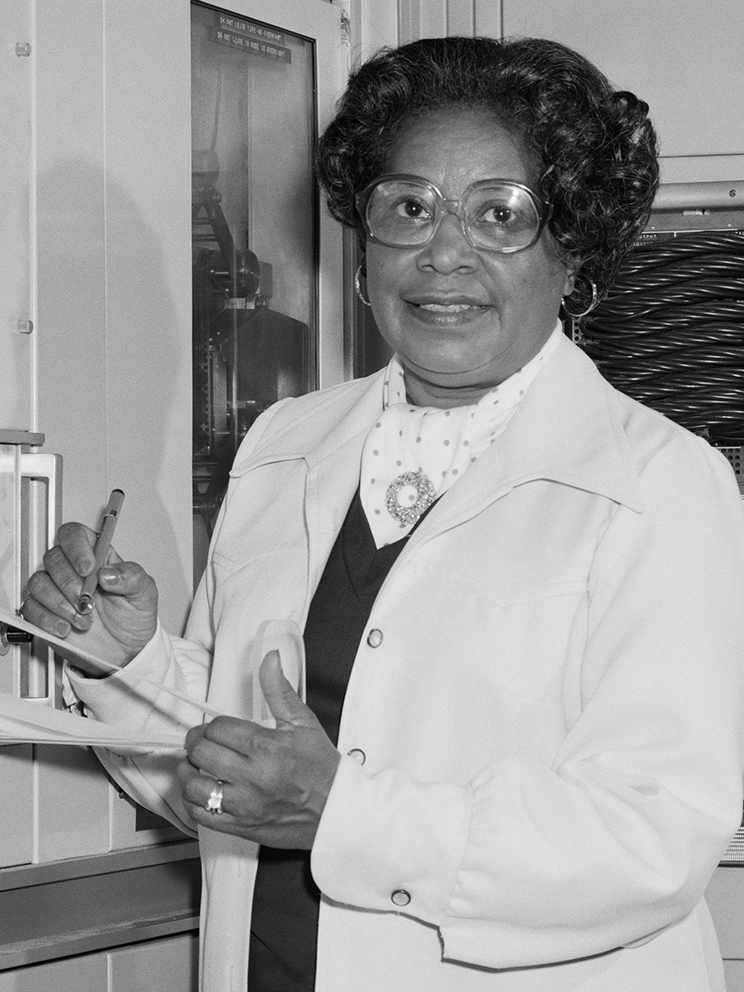Picture source: 20th Century Fox.
Three women and a car that has broken down, alone on a country road somewhere in Virginia. From afar, a police car approaches. However, the three women are not relieved, but, on the contrary, very nervous. Because we are in 1961, the women are Black, and the police are rarely a help for people of their skin color. Hidden Figures, directed by Theodore Melfi, begins with this scene and thus immediately sets out what it is about: a look at US-American history, and more precisely, at the time of racial segregation. This movie draws an image of this highly problematic chapter of American history in which Blacks struggled with institutionalized and political discrimination while at the same time offering an entertaining insight into the lives of the Black employees and the NASA that depends on them. Surprisingly, the initially very skeptical policeman even escorts the three women to their workplace. His sudden helpfulness has a lot to do with the fact that those three women work for NASA.
The basis for Hidden Figures was the non-fiction book by Margot Lee Shetterly on African-American mathematicians at the NASA in times of the space race. Katherine Johnson (Taraji P. Henson), widowed mother of three daughters and blessed with a talent for numbers from childhood, at least temporarily gets out of the dark cellar office where the female Black NASA employees sit very close to each other and work as human computers (that is, the ones who compute, who perform mathematical calculations – we are in an era before everything is automatically calculated by computers as we know them today). In the team of Al Harrison (Kevin Costner), head of the Space Task Group, she is now in charge of checking the calculations with which the NASA could possibly beat the Russians in the space race by building the spacecraft that should enable the astronaut John Glenn to orbit the Earth.
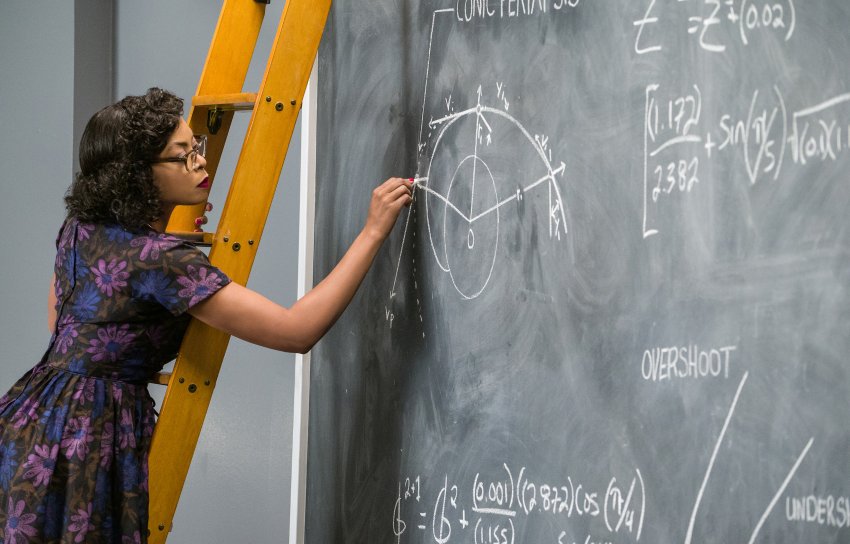
Picture source: 20th Century Fox
New opportunities also unexpectedly open up for Katherine’s colleagues and friends Dorothy Vaughn and Mary Jackson. Although Dorothy Vaughn (Octavia Spencer) is regularly exposed to the racism of her superiors (Kirsten Dunst), she proves to be particularly clever in dealing with the newly purchased IBM 7090, a giant electronic computer hardly anyone can work with. Mary Jackson (Janelle Monáe), on the other hand, successfully takes legal action for her dream of becoming an engineer, in order for which she needs to attend evening classes at an all-white school, which she is obviously not allowed to do in the first place. However hopeful this might sound at first, the Black women still faced many obstacles, which is very strikingly illustrated in the scenes in which Katherine, who now works with the white men at an entirely different place within the NASA complex, repeatedly hurries to the Black women’s restroom several buildings and more than a kilometer away in her lunch break.
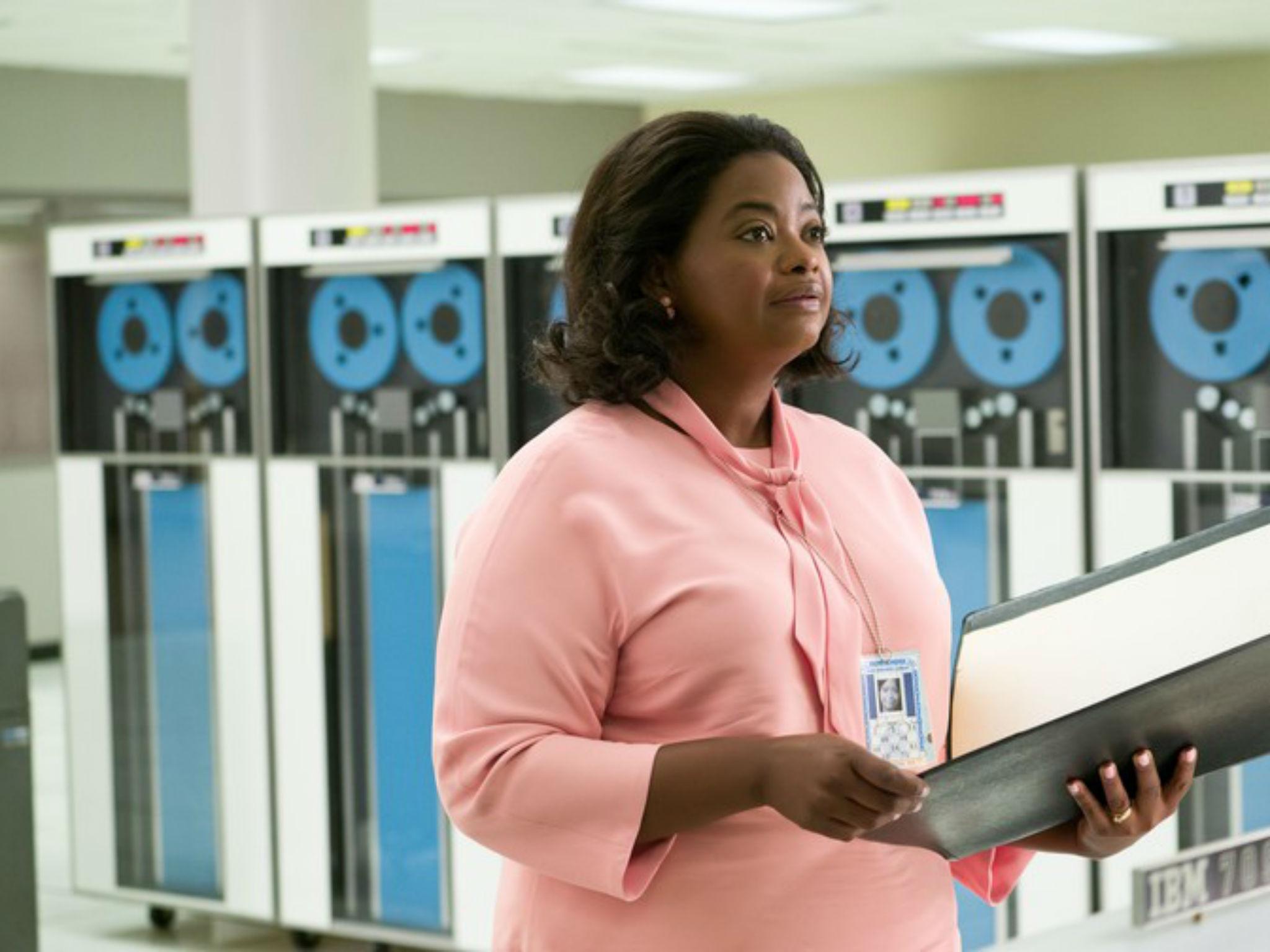
Picture source: 20th Century Fox
This new and unfamiliar perspective (as we know, most movies deal with men and their achievements in history) is what makes Hidden Figures so unique and worth watching. Although there are no big surprises, the alternation between serious and tense scenes on the one hand and light-hearted and cheerful ones on the other render this movie entertaining. Melfi limits the clichés to a minimum, and although Katherine Johnson may also find love (Mahershala Ali), the script does not overdo the love theme, which I highly appreciate as this is not a movie about the women’s love affairs but one that sheds light on their considerable challenges at work. It effectively conveys the feeling for the era and its problems with simple means: an archive recording of Yuri Gagarin is shown, the Civil Rights Movement is addressed at the dinner table. The three main actresses Henson, Spencer, and Monáe did an excellent job so that you cannot help but get carried away by these strong and truly inspiring hidden figures.


